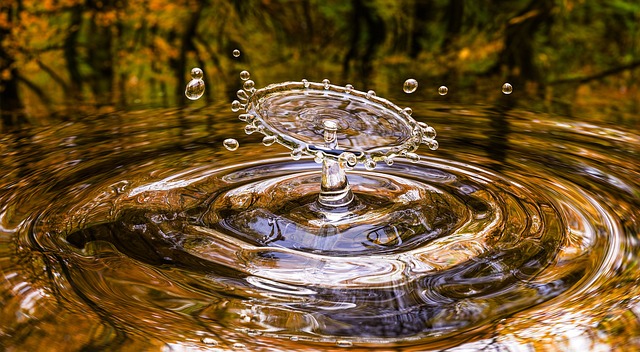Introduction:
As climate change continues to exacerbate drought conditions in many parts of the world, securing a reliable water supply has become increasingly important. In this blog post, we’ll explore practical strategies that individuals can implement to ensure access to water in the face of future droughts. Learn more about sustainable living and climate resilience at ClimatewiseLiving.com.
- Harvesting Rainwater
Rainwater harvesting is a simple and effective way to collect and store water for later use. Installing a rainwater collection system at your home can help you save water and reduce your reliance on municipal supplies during droughts. Some key components of a rainwater harvesting system include:
- Gutters and downspouts: Ensure your roof’s drainage system is clean and well-maintained to capture rainwater effectively.
- Storage tanks: Invest in a rainwater storage tank with a capacity suitable for your needs and local climate.
- Filtration and treatment: If you plan to use rainwater for drinking or cooking, install appropriate filtration and disinfection systems to ensure water quality.
- Greywater Recycling
Greywater is wastewater generated from sources like sinks, showers, and washing machines. By recycling and reusing greywater, you can significantly reduce your household water consumption. Some ways to implement greywater recycling include:
- Using greywater for irrigation: Direct greywater to your garden or landscape, ensuring you use biodegradable, non-toxic cleaning products.
- Installing a greywater treatment system: Invest in a system that filters and disinfects greywater, allowing you to use it for toilet flushing or even laundry.
- Water-Efficient Landscaping
Landscaping choices can significantly impact your water consumption. Opt for drought-resistant plants and water-saving landscaping techniques to minimize your outdoor water usage:
- Xeriscaping: Choose native, drought-tolerant plants that require minimal irrigation and thrive in your local climate.
- Mulching: Apply mulch around your plants to help retain soil moisture and reduce evaporation.
- Drip irrigation: Install a drip irrigation system to deliver water directly to plant roots, reducing waste and evaporation.
- Water Conservation at Home
Adopting water-saving habits and installing water-efficient fixtures can help you reduce your household water usage:
- Install low-flow faucets, showerheads, and toilets to minimize water consumption.
- Repair leaks promptly to prevent water waste.
- Use a broom instead of a hose to clean driveways and sidewalks.
- Only run dishwashers and washing machines with full loads.
- Planning for Emergency Water Storage
In addition to long-term water management strategies, it’s essential to have an emergency water supply in case of a severe drought or water shortage:
- Store a minimum of one gallon of water per person per day for at least three days, preferably two weeks.
- Choose appropriate water storage containers, such as food-grade plastic or stainless steel, and store them in a cool, dark place.
- Rotate your stored water every six months to maintain freshness and quality.
Conclusion:
Securing a reliable water supply in the face of climate change-induced droughts requires a combination of proactive planning, water conservation, and innovative solutions. By implementing these strategies, you can help ensure access to water for yourself and your family, even during challenging times. To learn more about sustainable living and climate resilience, visit ClimatewiseLiving.com.

Comments are closed